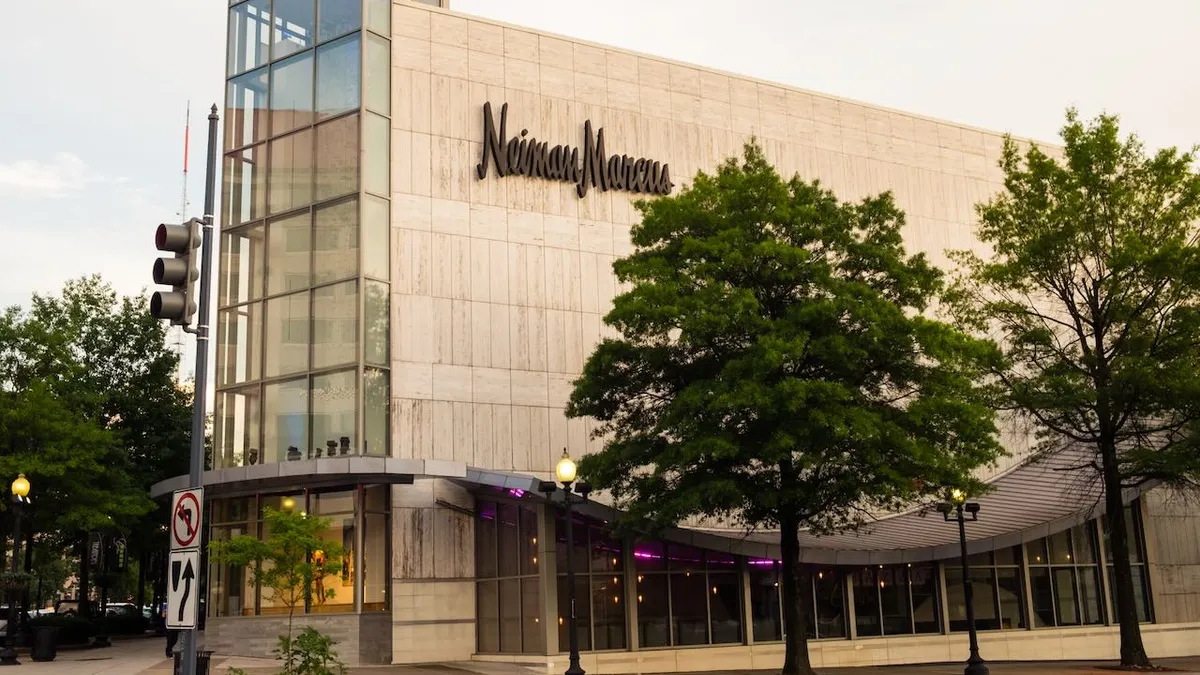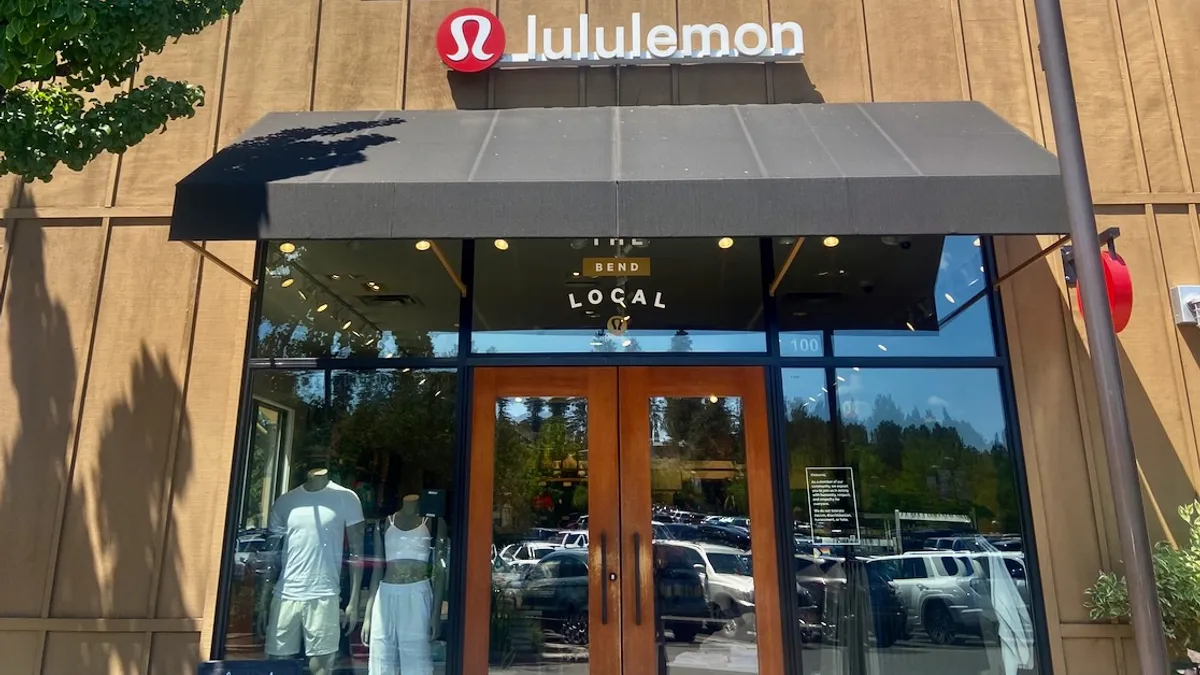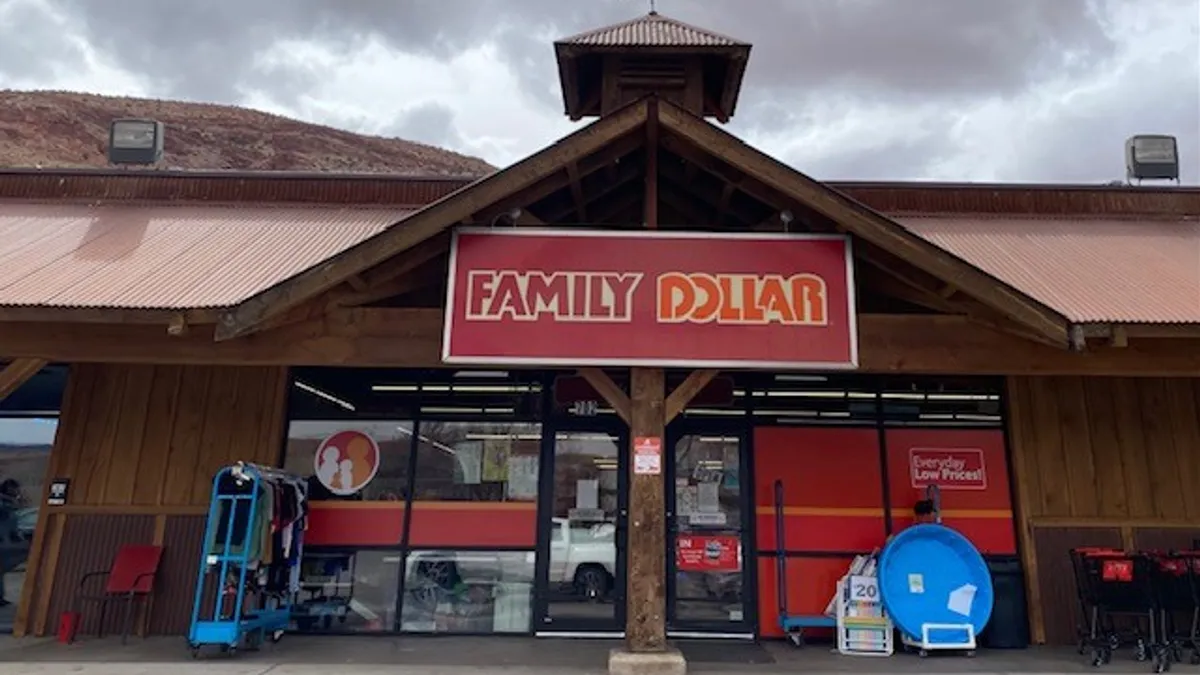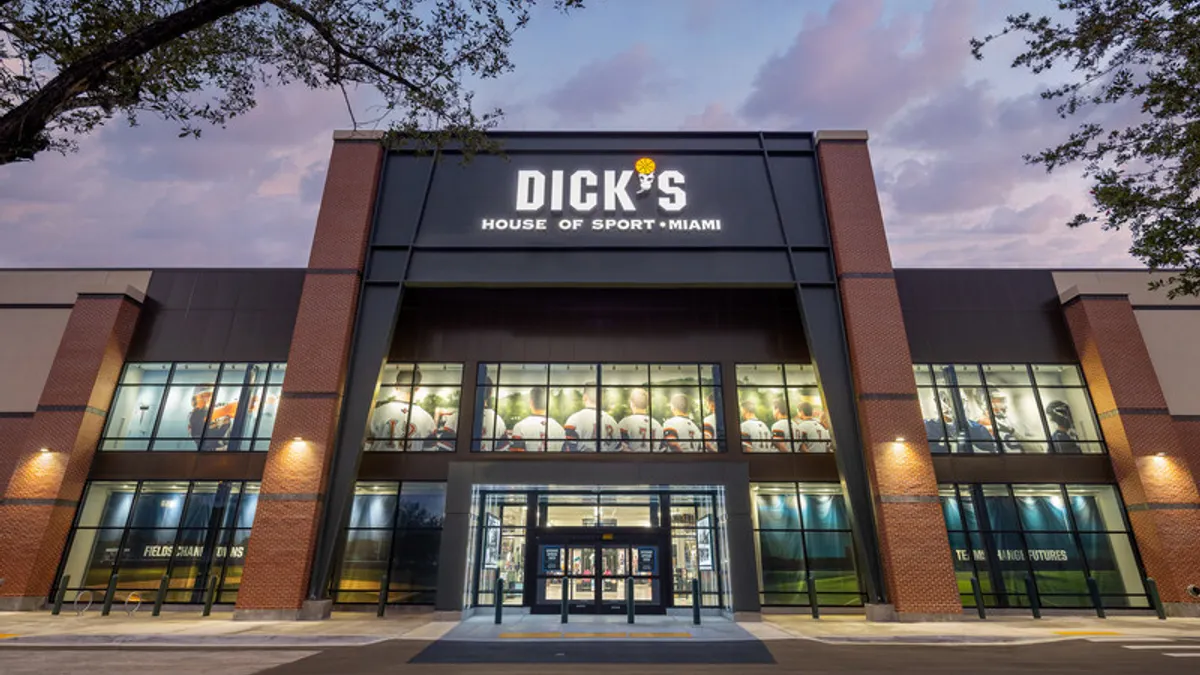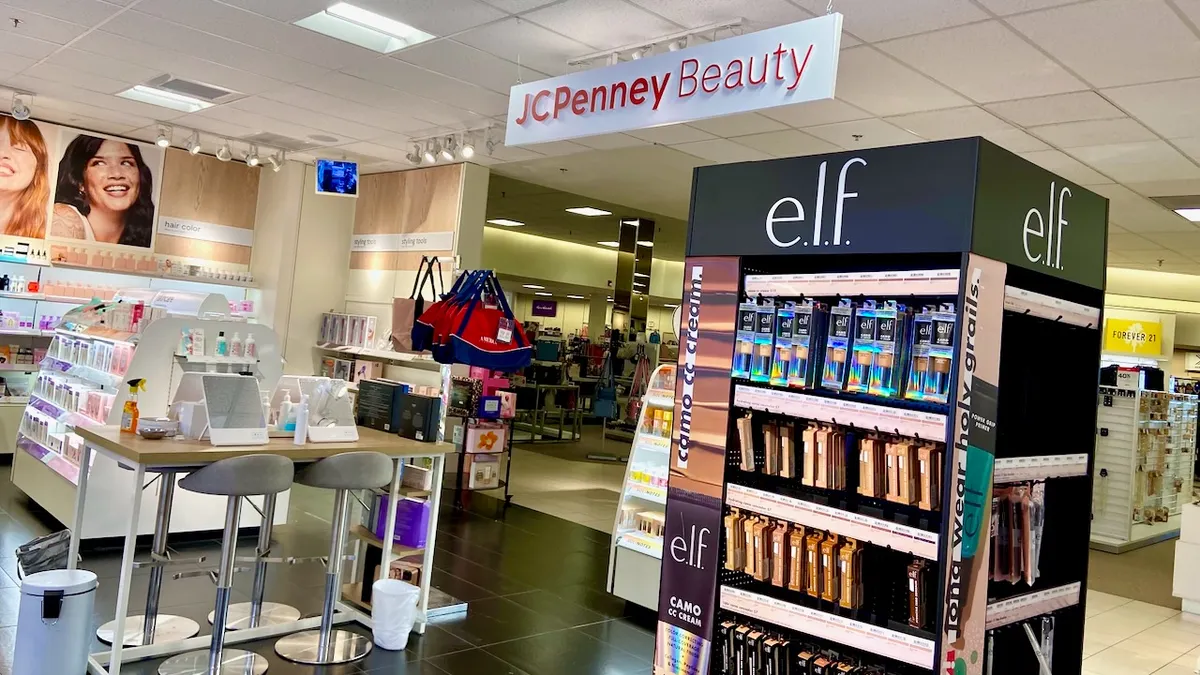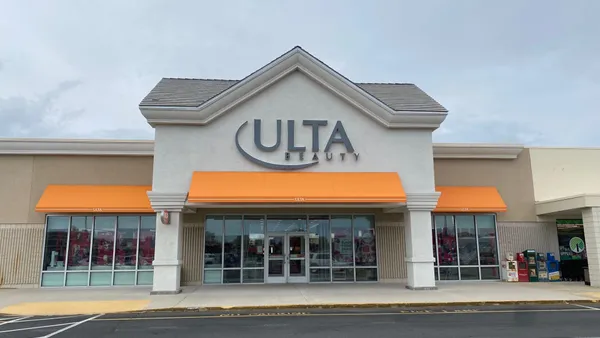On Sunday, the New York Times published an exposé of Amazon’s somewhat-shrouded corporate culture. What it depicted was anything but pretty.
Supplemented by interviews of 100 current and former "Amazonians," as Amazon employees are called, the article described a despotic workplace filled with “a pattern of burn and churn,” “purposeful Darwinism,” “unfair” evaluations, and unmanageable demands. The more searing anecdotes include a woman pressured to return to work after a miscarriage, a recent mother being unfairly evaluated and edged out, and an employee paying a freelancer out-of-pocket to help get more done.
Jeff Bezos wrote a response to the New York Times article on Sunday, saying that the company has zero tolerance for “any such lack of empathy” and the piece “doesn’t describe the Amazon I know or the caring Amazonians I work with every day.” He went on to encourage employees to report the kind of abusive behavior described in the report — to human resources or to him directly.
The troubling allegations against Amazon and the way it treats sick employees and women are ones that deserve further investigation. But some have come out in support of Amazon, saying that the fanatical workplace and demand for innovation described in the article are typical of a modern day technology company.
While Amazon may always be a love-it-or-leave-it company to work for, questions remain about what impact the article will have on the e-retailer’s business, and retail in general.
Amazon's ethos and workplace issues in retail
Those that have followed the company closely — and anyone who has read Brad Stone’s intimate profile of Amazon's rise in “The Everything Store” — will frankly not be surprised by the New York Times' description of the e-commerce giant's unrelenting ethos.
But for everyday consumers, the tales of Amazon’s harsh culture and seemingly-impossible demands came as a shock, especially when compared to the often-cushy depictions of the workplace at other major tech companies, where amenities can range from free snacks and dry cleaning to daycare services and nap pods. (And it's important to note that these "cushy" workplace amenities can help keep employees at work longer.)
The story comes at a time when employee issues, both in retail and beyond, are increasingly in the national conscience. Struggling to compete for workers and facing the prospect of consumer backlash, major retailers have been making moves to improve working conditions and raise wages. Wal-Mart announced earlier this year that it would raise pay for half a million of its employees in the U.S. — a decision that cut into its second quarter profits, but earned it plaudits in the press and may pay off long-term with better customer service and greater sales. Since Wal-Mart's announcement, many retailers have rolled out wage raises and extra employee perks.
Is Amazon's work culture necessary for its success?
While many readers voiced vehement reactions to the Amazon article, some current employees and technology writers came out in Amazon’s defense soon after it was published. While acknowledging that Amazon cultivates a culture of heavy scrutiny and around-the-clock work, they argued that many employees actually enjoy this intense environment, and that it brings out their best ideas and work.
“Yes. Amazon is, without question, the most innovative technology company in the world,” current Amazon engineer leader Nick Ciubotariu said in a lengthy LinkedIn post. “The hardest problems in technology, bar none, are solved at Amazon… Our sheer size and complexity dwarfs everyone else, and not everyone is qualified to work here, or will rise to the challenge.”
It could also be argued that a highly competitive work culture is needed in the cut-throat retail and technology markets that Amazon is in. And retail has been competitive long before Amazon started selling its first book.
Sam Walton, an idol of sorts for Bezos, put hundreds of small town merchants out of business when he established large Wal-Mart stores in small towns and rural areas with low operating costs. Amazon brought its own brand of disruption to retail in the 1990s, yet its competitors were much bigger than mom-and-pop stores. And even today, Amazon faces competition from major technology companies, retailers, and especially Wal-Mart itself.
Some say Amazon must maintain the breakneck speed described in the New York Times article to stay ahead of its many competitors. Since its founding, Bezos has prided himself on Amazon’s disruptive nature, and its ability to outprice and outperform competitors in a variety of endeavors, from books and distribution to groceries and same-day delivery.
“Amazon’s culture is inseparable from its overall performance,” Brad Stone wrote in Bloomberg after the Times article. “The company is unique among its peers online and in retail for continuing to grow quickly, innovating constantly, and expanding relentlessly into new business areas. Tech companies that were started around the same time, such as AOL, Yahoo!, and EBay, have long ceased to be so dynamic.”
The tech vs. retail lens
While other technology companies’ cushy perks may cast a rosy light on their work environments, there is often a work culture similar to that described in the Times, including little work-life balance and 80-plus hour work weeks.
Amazon is the target of reproach for this behavior because, as Mathew Ingram argues at Fortune, it is depicted as a retailer, and a retailer only, in the piece. If one looks at the work Amazon is doing outside of its retail business, and takes its innovations in delivery and cloud services in the same esteem as the work of Google and Apple, Ingram argues, perhaps the “fanatical” behavior expected of employees would seem more normal. Amazon, after all, has long straddled the line between retail giant and Silicon Valley tech company.
“Whenever you have a company that is trying to not only grow rapidly and disrupt existing industries, but to reinvent how something works on such a fundamental level, you are going to have fanatical behavior,” Ingram writes. “The kind of thing that the New York Times describes would not surprise anyone who has worked on Wall Street, or in any large company involved in a hyper-competitive industry.”
How will the Times story impact Amazon?
As the nation reacts to the Times article, the question remains whether it will have any impact on Amazon’s overall business. Some customers on Twitter have disowned Amazon, saying that they will never shop at the retailer again. But this is only a small sample, and Amazon’s Prime business, which comprises nearly half of its U.S. customer base, grew stronger just a month ago thanks to its inaugural “Prime Day” event. According to Amazon Prime VP Greg Greeley, that day alone attracted “hundreds of thousands” of new Prime members, given that people had to sign up for a membership to access the deals. Each customer spends an average $1,200 at Amazon annually, compared to non-Prime customers’ $700 annual spend.
Even if some new customers drop the Prime membership after the free 30-day trial, Amazon would still maintain a strong membership base. And the surprise profit recorded last quarter shows that Amazon is in a good position to absorb some of the fallout that the New York Times article may cause.
The bigger question may be whether Amazon can sustain this work culture and still continue to attract the talent needed to power a highly competitive and innovative company. Many, including Stone, say that Amazon can and will continue to do so, due to the overall high performance that attracts top talent. A high achiever could see the back-breaking working conditions described in the article as necessary to achieve the greatness that Amazon has always been after.
Even happy employees at Amazon describe the company as having “a culture of self-driven workaholics,” albeit one that brings out their best work. The employees that do hang in through the toughest times appear to do so because they believe that they are doing it for a higher mission.
This, along with the ability to work with top talent and have the Amazon name on their resume, could be a significant benefit that surpasses the free snacks and ping-pong tables flaunted at other tech companies.









